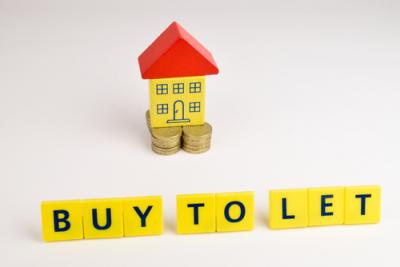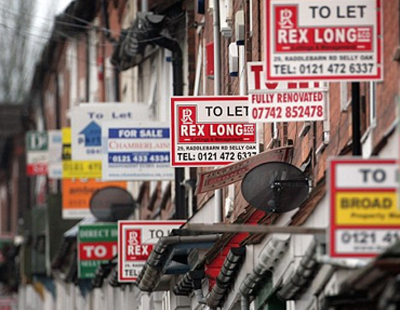Many landlords say they’re set to expand investments in 2024 despite facing up to 80 per cent higher costs in the next two years.
The Intermediary Mortgage Lenders Association says many small scaler landlords with mortgages face the prospect of struggling to break even in the next two years, with their cost of borrowing soaring by an anticipated 80 per cent as they refinance off historically low fixed rates.
The research unveiled the following facts about a landlord’s typical financial position - the median average annual rental income is now £14,000 with the median average annual profit being less than £9,000. And the average expected increase in annual interest payments by 2025 is £7,700.
IMLA’s new research says that contrary to popular belief, most landlords do not have significant resources to draw on outside their rental business. On average, landlords’ non-rental income is roughly in line with tenant income, except in London where tenants earn substantially more.
The research found that 80 per cent of landlords own one or two properties, making up 61 per cent of private rented stock, while 13 per cent are classed as portfolio landlords owning four or more properties accounting for 39 per cent.
Despite a surge in the number of landlords setting up corporate structures since the removal of tax deduction for interest rates in 2017, only 10 per cent of all rented property is held in limited companies, with 90 per cent still held in personal names. Just three per cent of the UK private rental sector is owned by institutional investors.
Changes to tax and legislation have already impacted the viability of many of these small businesses.
While only 36 per cent of respondents in this research believed they were paying more tax as a result of the removal of the mortgage interest deduction, based on the income data supplied by respondents, IMLA calculates that 58 per cent will actually be paying more tax.
Meanwhile, 64 per cent of respondents said increased regulation had hiked their costs, rising to 73 per cent of portfolio landlords. When asked what impact a mandatory rent freeze would have on their rental business, seven per cent said they would be forced to sell property or exit the market.
Despite the serious challenges to their business, IMLA says the one heartening takeaway is that the majority of landlords are committed to remaining in the PRS for the longer term.
The association forecasts that 53 per cent of mortgaged landlords plan to buy more rental property over the next five years, as do 25 per cent of unmortgaged investors. Only 21 and 17 per cent respectively say they will sell property in that timeframe.
Kate Davies, executive director of IMLA, comments: “The PRS plays a vital role in the UK’s housing landscape, providing homes to 20% of households. While a great deal of attention is, quite rightly, paid to the difficulties faced by tenants, there has been surprisingly little understanding of landlord finances and the strains on these, until now.
“Our research shows that many landlords are small businesses with modest financial turnover and trading profits, facing rapidly rising costs. Sadly, reality dictates that many mortgaged landlords will have no choice but to increase rents in order to keep their businesses viable, while debt-free landlords may well do the same in order to make an adequate return, even if that is lower than current returns available elsewhere.
“There are tough times ahead for all parties in the PRS, and it is in everyone’s interest to understand the pressures involved. Landlords’ tenacity is to be commended – it is a great relief that so many plan to stay in the sector and increase supply when they can. Policymakers should beware adopting any policies which could upset what is already a delicate balance, and ensure they do nothing further to deter the small businesses which form the backbone of the PRS from continuing to invest.”







.jpg)





.jpg)





Join the conversation
Be the first to comment (please use the comment box below)
Please login to comment